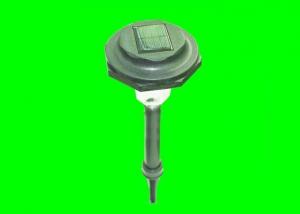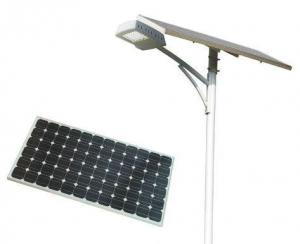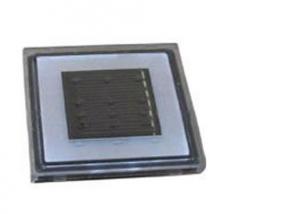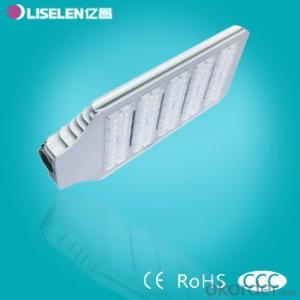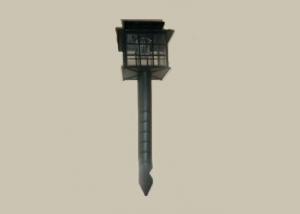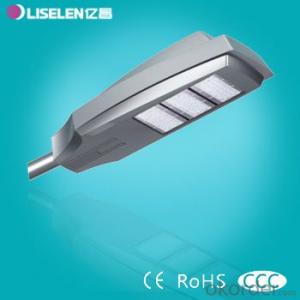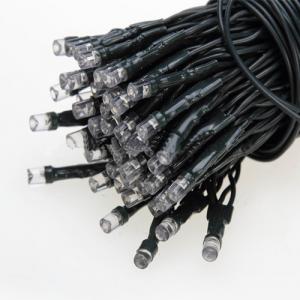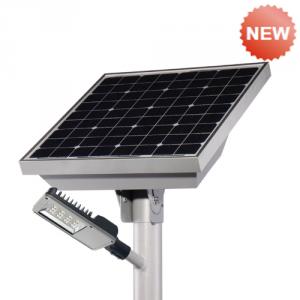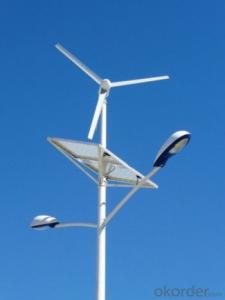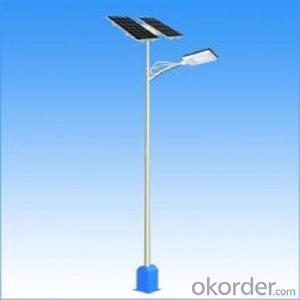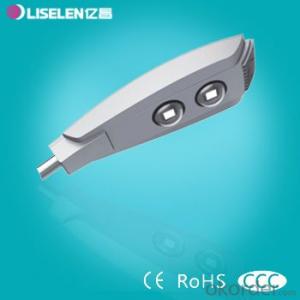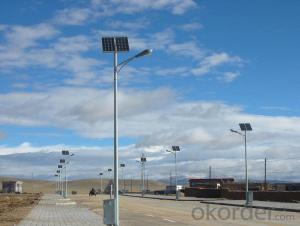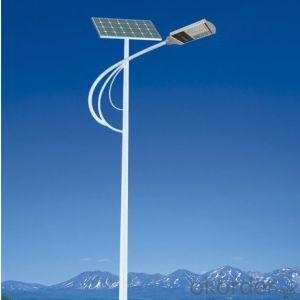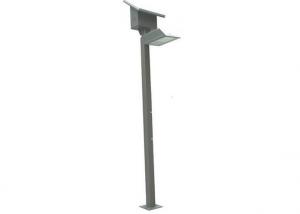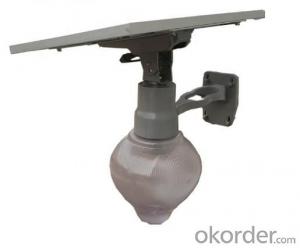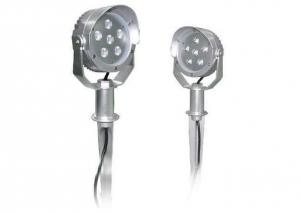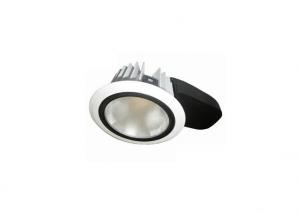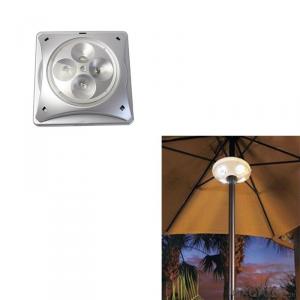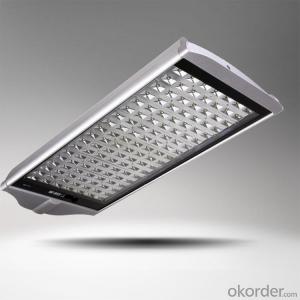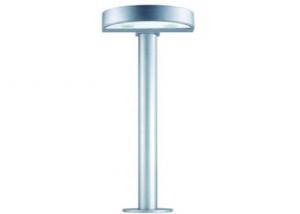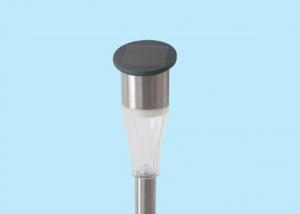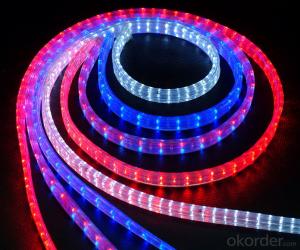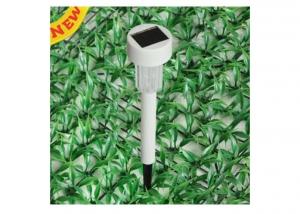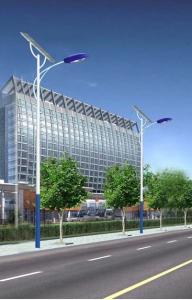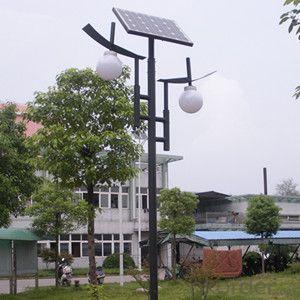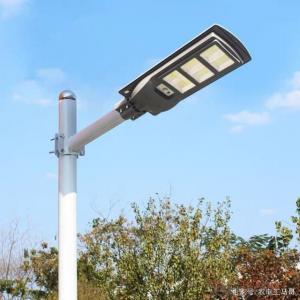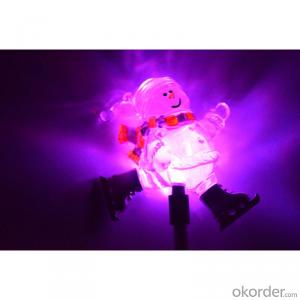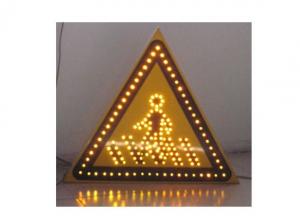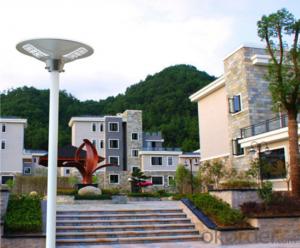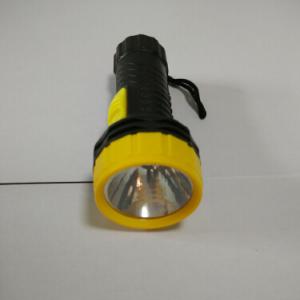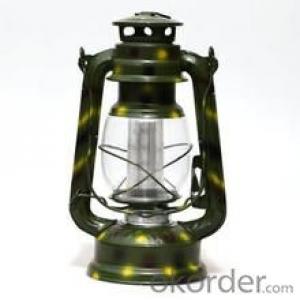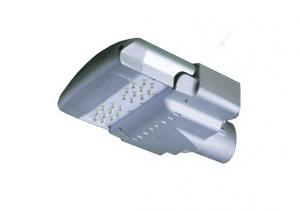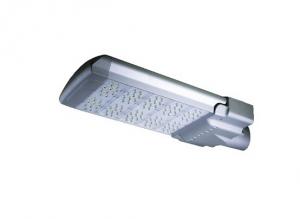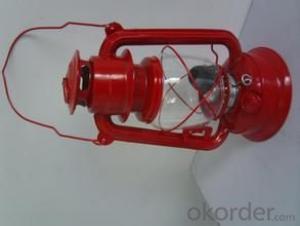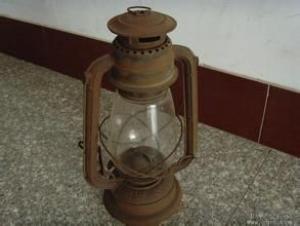Solar Edge Inverter Led Lights
Solar Edge Inverter Led Lights Related Searches
Solar Edge Inverter Lights Solar Edge Inverter Solar Edge Solar Inverter Inverter Solar Edge Solar Edge Hybrid Inverter Solar Light Inverter Buy Solar Edge Inverter Solar Edge Micro Inverter Solar Edge Inverter Specs Solar Edge Inverter Models Solar Edge Energy Hub Inverter Solaredge Solar Inverter Solar Edge Inverter Wifi Solar Edge Inverter Efficiency Solar Edge Inverter For Sale Solar Edge Inverter Spec Sheet Solar Edge Hd Wave Inverter Solar Edge Inverter Uk Solar Edge Inverter Price Solar Electric Inverter Solar Edge Inverter App Lead Solar Micro Inverter Solar Edge Inverter Cost Solar Edge Inverter Problems Inverter Solar Panels Solar Energy Inverter Solar Edge 3 Phase Inverter Solar Edge Inverter Sizes Cost Of Solar Edge Inverter Solar Edge 6kw InverterSolar Edge Inverter Led Lights Supplier & Manufacturer from China
Solar Edge Inverter Led Lights are a range of innovative lighting solutions designed to harness the power of solar energy for efficient and eco-friendly illumination. These lights are engineered to integrate seamlessly with solar edge inverters, ensuring optimal performance and energy conservation. By leveraging the latest technology in solar power conversion, these LED lights provide a sustainable and cost-effective lighting option for various applications.The Solar Edge Inverter Led Lights find their application in a wide array of settings, from residential outdoor spaces to commercial properties and public areas. They are particularly useful in areas with limited access to traditional power sources, as they can be easily installed and maintained without the need for extensive wiring or electrical infrastructure. These lights are also ideal for off-grid locations, such as remote cabins, camping sites, and emergency shelters, where they can provide reliable lighting without the need for generators or other fossil fuel-powered devices.
As a leading wholesale supplier, Okorder.com offers an extensive inventory of Solar Edge Inverter Led Lights, catering to the diverse needs of customers worldwide. With a commitment to quality and customer satisfaction, Okorder.com ensures that these lights are available at competitive prices and are backed by reliable customer support. By partnering with Okorder.com, businesses and individuals can access a wide range of Solar Edge Inverter Led Lights, ensuring that they have the right lighting solution for any application.
Hot Products
